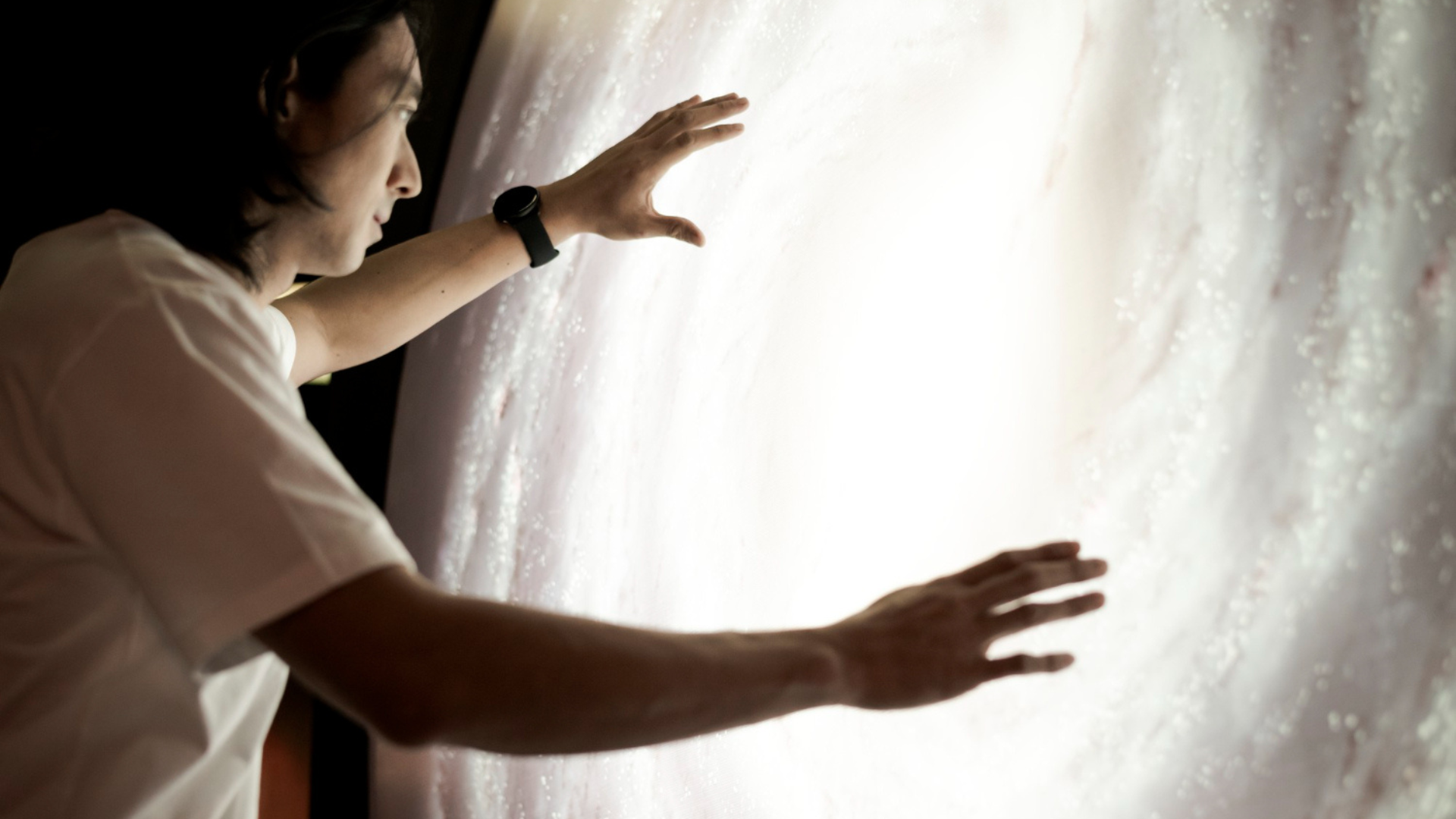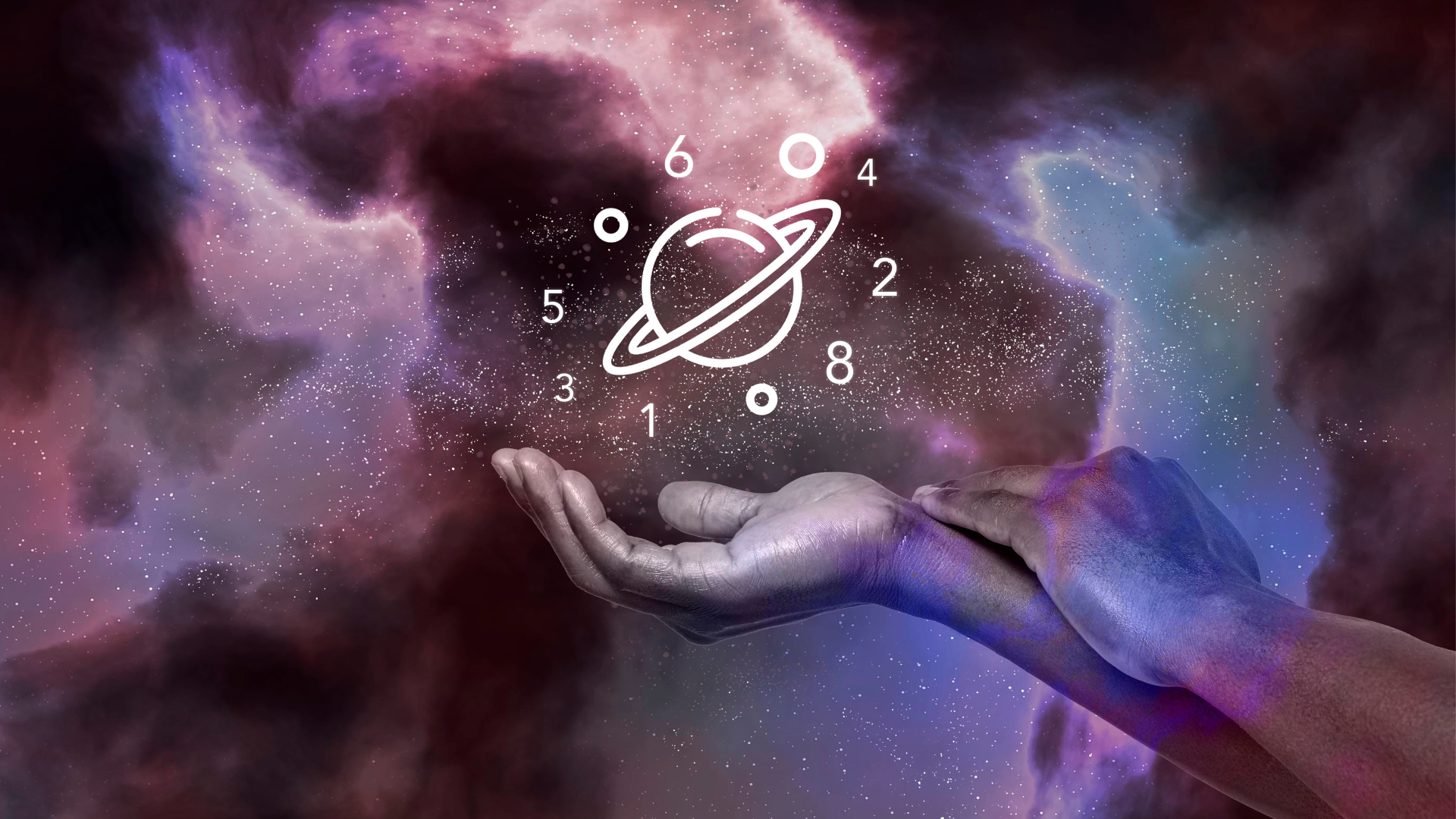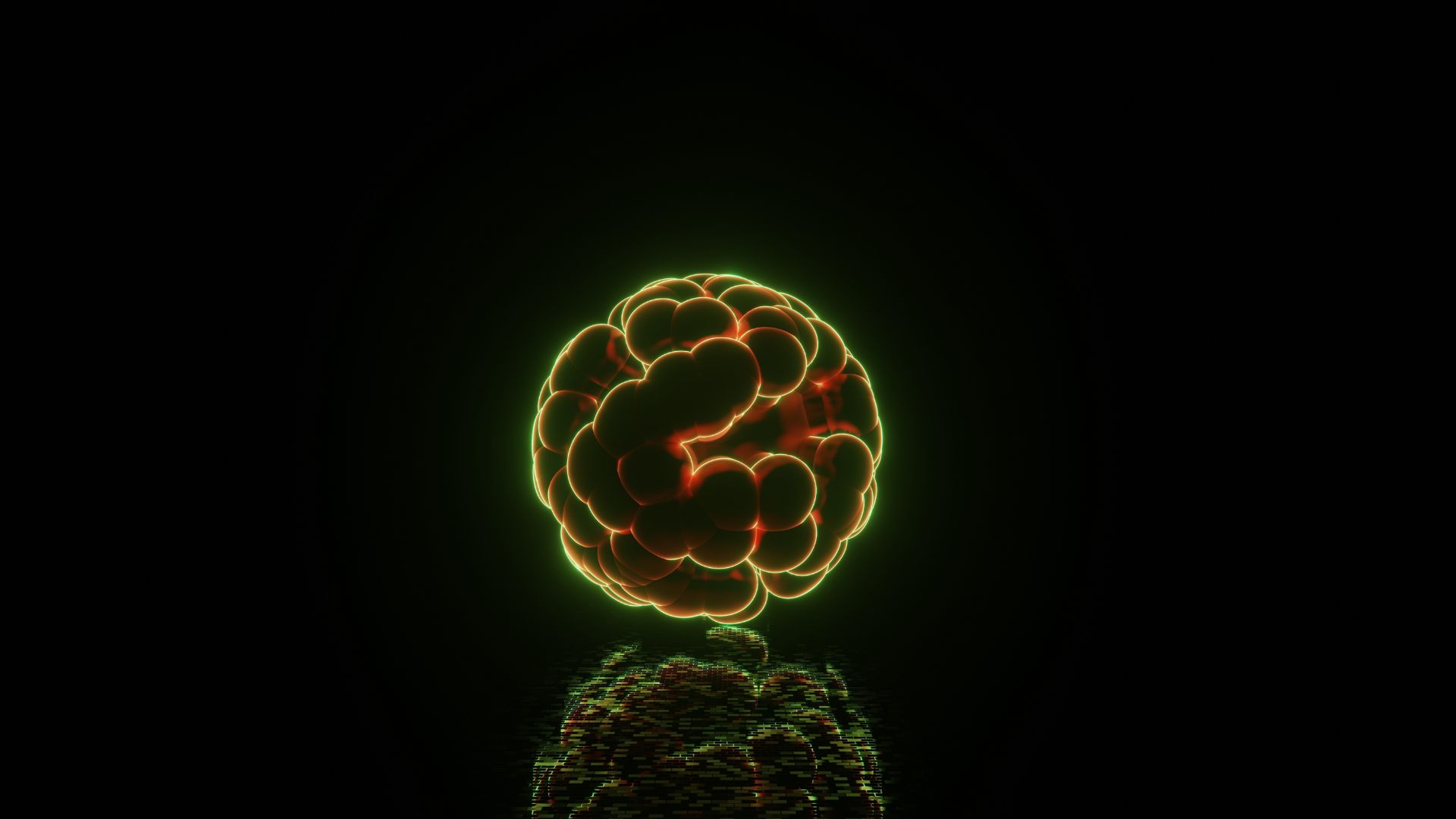
What if our universe is just one of many? New discoveries and bold theories are bringing the idea of parallel worlds closer to serious science. Here’s what researchers are uncovering, why it matters, and how it could change our understanding of reality.
A New Look at Parallel Universes

Recent findings have reignited debate in the scientific community about the possibility of parallel universes. These discoveries suggest that our reality may not be the only one, raising profound questions about existence itself. If confirmed, the idea that countless other realities coexist with ours could transform the way we understand life, science, and the universe at large.
The Origins of the Idea

The concept of multiple universes has fascinated human thought for centuries. Ancient philosophers speculated about worlds beyond our own, imagining realities that followed different rules. Centuries later, this speculation found scientific ground through the rise of quantum mechanics. What once seemed purely abstract has now become a field of inquiry for serious researchers around the world.
The Many-Worlds Interpretations on The News

In the 1950s, physicist Hugh Everett III introduced what is known as the “Many-Worlds Interpretation.” According to this idea, every quantum event creates new universes, each representing a different possible outcome. This means that infinite versions of ourselves and our decisions could exist simultaneously. While controversial, the theory has inspired decades of discussion and further investigation.
Other Theories Supporting the Multiverse

Parallel universes are not limited to Everett’s interpretation. String Theory, for example, suggests the presence of hidden dimensions that may contain other worlds similar to ours. At the same time, culture has helped spread these ideas: literature, films, and television have transformed a difficult scientific concept into an accessible and exciting narrative. Works like Interstellar or Lewis Carroll’s Through the Looking-Glass continue to spark curiosity about what lies beyond our own universe.
Evidence from Antarctica

Some of the most intriguing clues come from unexpected places. NASA’s Antarctic Impulsive Transient Antenna (ANITA) detected unusual particles moving in ways that do not fit with known physics. Certain researchers interpret this as possible evidence of a universe where time flows backward. While far from definitive, the discovery has fueled lively debate and kept interest in the multiverse alive.
Cosmic Clues from the Big Bang

Another possible window into parallel universes comes from the Cosmic Microwave Background (CMB), the faint radiation left over from the Big Bang. Scientists have identified anomalies within this ancient signal that may suggest interactions between our universe and others. Though these findings are still open to debate, they highlight how studying the universe’s earliest moments could bring us closer to solving one of the greatest mysteries of science.
Skepticism Within Science

Despite the excitement, skepticism remains strong. Many experts warn that data pointing toward parallel universes could often be explained by conventional physics or by simple experimental error. Extraordinary claims require extraordinary evidence, and the scientific community insists on careful verification before drawing bold conclusions. Healthy doubt is essential to keeping the discussion grounded.
The Importance of Peer Review

For any discovery to gain credibility, it must undergo peer review. This process ensures that evidence is examined, challenged, and validated by other experts in the field. Theories about parallel universes are no exception; they must survive rigorous scientific scrutiny before being accepted as fact. Without this filter, speculation could easily overshadow reliable science.
Profound Implications

If parallel universes were ever confirmed, the consequences would extend far beyond physics. The idea that every decision spawns new realities challenges long-standing notions of free will, destiny, and the meaning of life. On a scientific level, the multiverse could force a complete rethinking of established theories, potentially paving the way for new technologies and even new ways of interacting with reality itself.
The Road Ahead

Research into the multiverse is still in its early stages, but progress continues steadily. Experiments at the Large Hadron Collider and future space observatories may one day provide clearer answers. Collaboration between physicists, cosmologists, and philosophers is crucial for advancing knowledge, while public curiosity helps maintain momentum. Though many questions remain, the search for parallel universes reminds us of the endless possibilities that science can uncover.